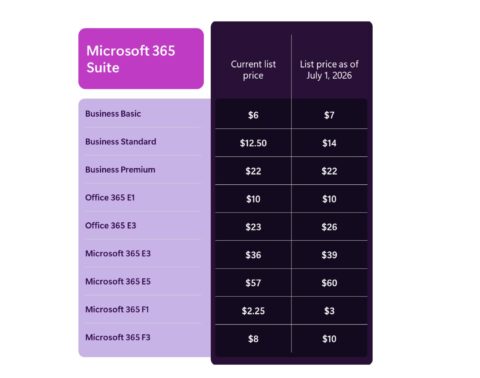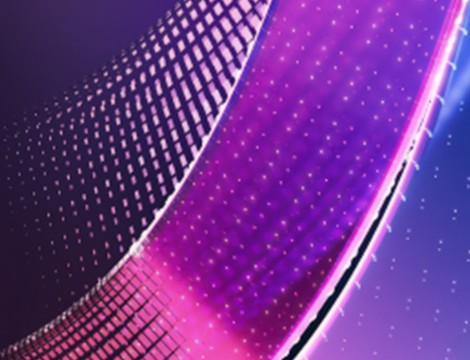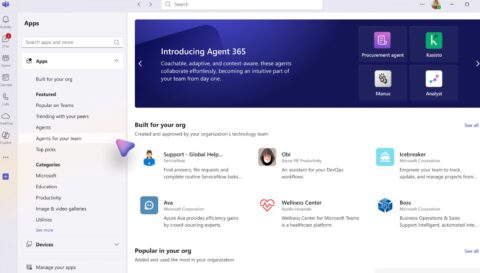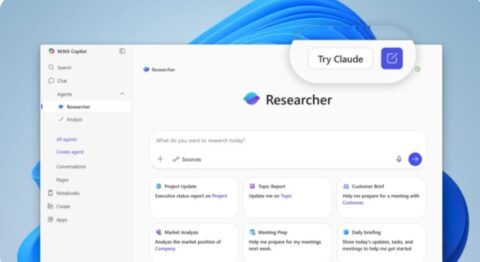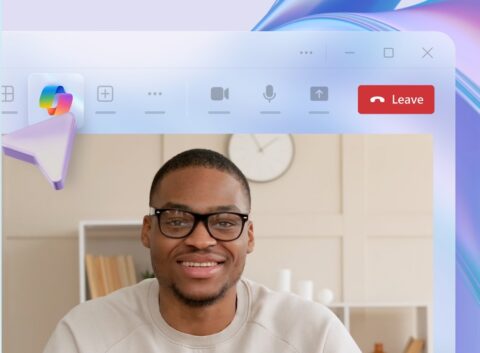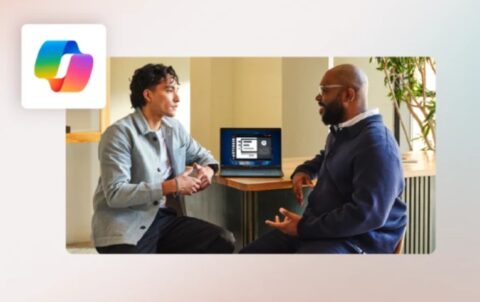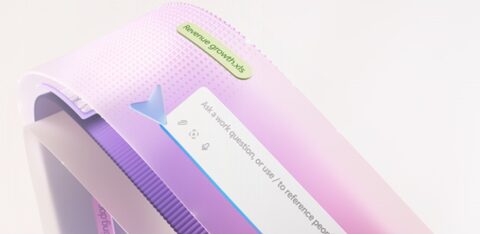Updated: July 4, 2023 (December 21, 2022)
BlogMicrosoft: HoloLens isn't dead; it's just resting
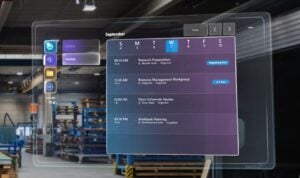
Microsoft isn’t giving up on its HoloLens mixed-reality headset—at least not yet. Officials recently blogged about the company’s thinking about HoloLens and mixed reality at the tail end of a year which hasn’t been a banner one for HoloLens.
Microsoft will continue to work on the core HoloLens hardware technologies, including displays, tracking, sensors and battery life. But it doesn’t sound like a follow-on to the HoloLens 2, which debuted in 2019, is imminent. Microsoft Mixed Reality Vice President Scott Evans said outright that Microsoft believes its customers “don’t need a successor yet, but they want to know it will be there at the right time.”
Microsoft is, however, likely to introduce a number of software and services improvements that will impact the HoloLens directly in the coming months and year. Microsoft continues to tout HoloLens as a key piece of its “industrial metaverse” strategy and set of products. A week ago, officials said that they are combining two Microsoft-developed mixed-reality apps: Dynamics 365 Guides and Dynamics 365 Remote Assist, into a single app. They also are making it possible for HoloLens users to access their Teams calendars; join meetings; participate in Teams text chats; and access images or PDFs shared as holograms.
(Microsoft is pushing integrations with work-focused Microsoft 365 apps, including Team as a priority for not only its own mixed-reality offerings, but those from partners like Meta, as well.)
I’ve heard there are more incremental integrations coming to HoloLens and mixed reality for industrial purposes in calendar 2023. Microsoft is looking to bring more Teams, Outlook, and Dynamics 365 Finance and Operations integrations to the platform, my contacts say. A new mobile app UI and Guides 2D capabilities on mobile are in the cards. And a “Frontline Service Assistant” of some sort is on the 2023 roadmap, too, I am hearing.
Company officials say Microsoft “want(s) HoloLens to be our screens for our frontline workers.” And frontline workers (also known as deskless workers), who include customer service reps, medical workers, and manufacturing workers, among other categories, are a key target audience for Microsoft in terms of growing its Microsoft 365 footprint.
I’m thinking we could hear at least a bit more about the HoloLens’ future as soon as the Consumer Electronics Show in Las Vegas in early January. Microsoft is a featured CES exhibitor this coming year and plans to discuss how the future of car buying and the metaverse intersect. They also plan to talk about mixed reality transforming customer service and customer experiences and connected, autonomous and “software-defined” mobility. Microsoft “Connected Fleets,” which officials describe as a new reference architecture for connecting partners via common architecture, data models and business apps all anchored in the Microsoft cloud, also will be a theme at CES, officials say. Connected Fleets and Fleet Management use the Microsoft Connected Vehicle Platform to obtain data from and manage
Microsoft has not released shipment or sales numbers for HoloLens to date. While the second iteration of the HoloLens goggles offered noticeable improvements over the first, they still feel like a fairly pricey solution in search of a problem, in many ways. Just because Microsoft envisions HoloLens devices as becoming the lens through which frontline and other workers collaborate in the workplace doesn’t mean customers will go this route.
“It’s hard to imagine that VR, AR, MR, whatever you want to call it, won’t be ubiquitous and natural in about 30 years, but it’s not ready for mainstream today,” said Directions on Microsoft analyst Rob Sanfilippo. “That’s been the problem with HoloLens since it was introduced: unfulfilled promises due to mediocre reliability, too little field-of-view, bulky hardware, and demo videos that exaggerate the fidelity of the holograms that are generated. It can be coaxed to work for some scenarios, but further adoption will require more breakthroughs and clarity around how to apply the technology to feasible solutions.”

